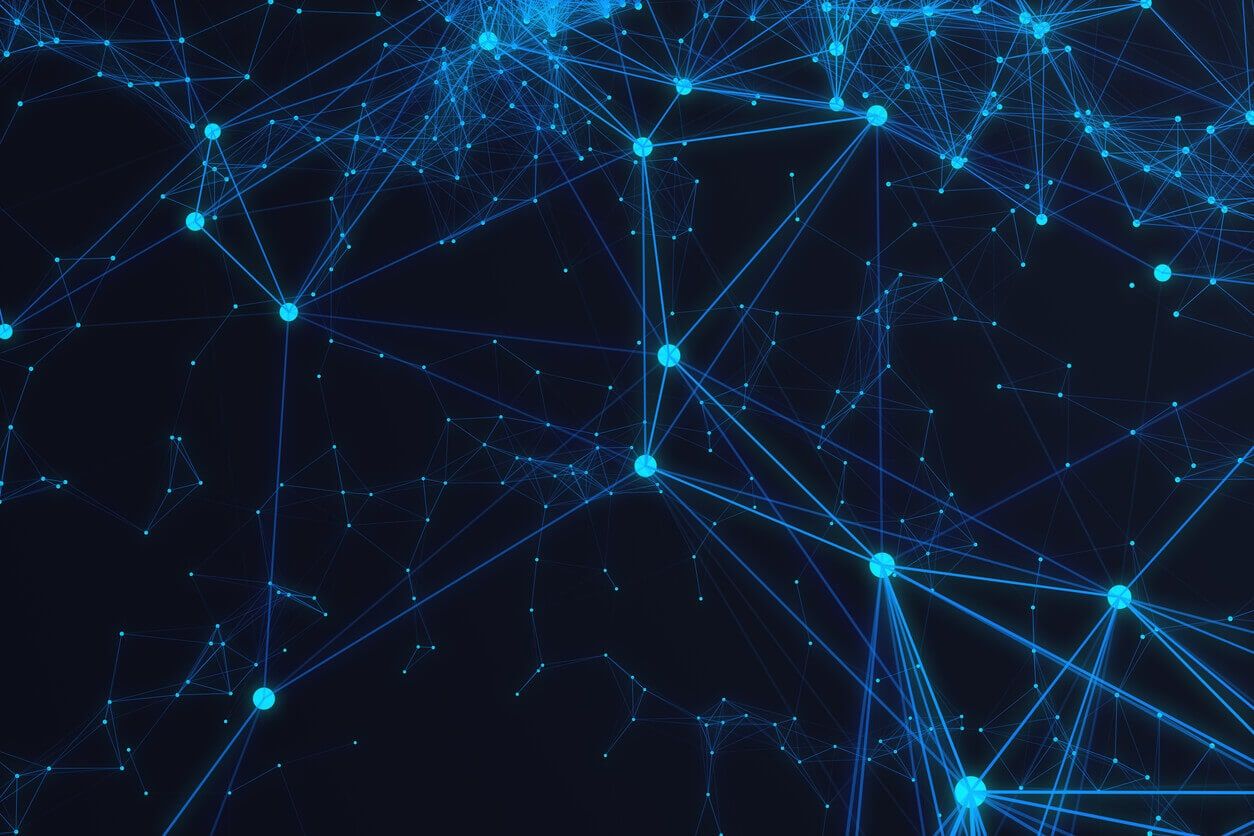Infrastructure Monitoring Best Practices
Monitoring IT Infrastructure is difficult at the best of times, but it also ensures that you will get the most out of it. In this article, we cover 8 best practices for IT infrastructure monitoring.
Keeping tabs on what is happening in your IT infrastructure is critical. This is only becoming even more important as businesses become more reliant on technology. When IT infrastructure is not working, business operations can grind to a halt. Thankfully, continuously monitoring IT infrastructure can help detect these critical issues before they negatively impact business processes or user experience. Unfortunately, IT monitoring is not an easy task! Most businesses have many different devices of different types, spread over many locations, in different subnets.
This blog will outline eight practices you can implement to your IT infrastructure monitoring program.
What is IT Infrastructure Monitoring?
Infrastructure monitoring is a method for IT teams to track the performance of their computing infrastructure. This can include hardware, software, applications, storage, and anything else on the network that provides value to the business. More simply, infrastructure monitoring is collecting data about your systems and processes, which can be used to improve your network performance and reduce the risks of downtime.
The information gathered during the monitoring process is then used to determine the status of these systems and the impact on business performance. A comprehensive monitoring strategy involves several layers of monitoring tools and techniques that work together to provide an end-to-end picture of your entire IT infrastructure – from networks and servers to cloud services and applications.
Why is Infrastructure Monitoring Important?
Since infrastructure monitoring is concerned with the operation of IT systems, it is vital to the business's health. It is the process of constantly monitoring the functioning of the IT infrastructure to ensure that everything is functioning as it should.
The goal is to ensure that assets are running correctly and detect any issues before the problems become critical. In the event of a problem, infrastructure monitoring tools can alert administrators to help them resolve the issue quickly before it affects business operations.
A few benefits of infrastructure monitoring are mentioned below:
- Helps to identify issues early
- Improves security posture
- Helps to locate issues and bottlenecks
- Provides an overview of the infrastructure and its components
- Improve the quality of service to end-users
5 Key Metrics for Infrastructure Monitoring
You want to monitor your network, but where do you start? A good place is to think about the key metrics of your business that you need to monitor. Think about what your most essential business processes are and what metrics are important to ensure that those processes run smoothly.
Today, businesses are using cloud, hybrid IT, and SaaS applications like never before. As a result, IT monitoring has become more complex. To help better understand IT monitoring, let’s take a look at five key metrics.
-
Hardware Metrics – Hardware metrics monitor the performance and availability of the underlying hardware used to run the servers and applications. Examples of hardware metrics are CPU, memory, disk, and network utilization.
-
Application Logs – Application logs are a valuable source of information used to troubleshoot performance issues, track the behavior of users, and detect the presence of security breaches.
-
Uptime & Throughput: This category includes metrics on how much time your hardware, applications, and cloud-based services are up or available.
-
Crash Reports: This category includes metrics on any errors or crashes in your applications, cloud-based services, or hardware.
-
Network Metrics – This is another important one. You need to know how much data your users are using and how much bandwidth they use.
Also Read: Automated Container Security Scans of Docker Images
8 Best Practices for Infrastructure Monitoring
IT infrastructure monitoring is an essential but complex task that must be done well. To help you out, we’ve created a list of eight best practices.
1. Identify and Prioritize Core Service

The first step in an effective infrastructure monitoring strategy is identifying core services, the ones that are most important to the operation of the business. These are the services that will have the most significant impact on the company if they were to fail.
Identifying core services can be difficult because they will differ for each business depending on the business' industry and processes. For a SaaS business, a core service may be their primary offering, the SaaS application. For a timber mill, core services may include IoT devices that control machinery, or accounting software.
Once excellent way to identify core services is to break your infrastructure into several major categories and prioritize them by business importance. The order of your monitoring should be primarily based on the impact of each service on your business.
2. Use an APM Tool to Monitor Critical Applications
APM stands for "Application Performance Monitoring", it is the practice of monitoring the performance metrics of an application, although the term is often used to also refer to monitoring services, hosts, and networks. APM solutions provide the ability to collect and analyze monitoring data and telemetry. They typically have some type of dashboard to view summaries and details of monitoring efforts, but many also have options to integrate with other services. Their data analysis capabilities can help you to recognize risks more quickly, including slow response times, downtime, outlier statistics, and security risks.
3. Audit Users and Their Activities
Monitoring user activity is key to understanding what is happening in your network, and on your systems. Implementing alerting based on unusual behavior can be an excellent way to uncover security incidents before they cause too much damage.
Some examples of suspicious user activities:
- Sue from Human Resources just opened PowerShell
- One of the IT support staff logged into their workstation well outside of their scheduled work hours
- The internal web application that is used for manually tracking billing has had 100 times more requests in the last hour than usual
- A SQL injection payload was just sent to the employee sign-in system
- Mark from the accounting department just accessed a document that provides the blueprints for a proprietary product
4. Implement Real-Time Alerting

As you monitor your systems and applications, you’ll identify performance issues, software errors, configuration issues, and more. When this happens, it is important that IT staff, management, and other stakeholders are notified of these potential issues in a timely manner.
You can resolve issues quickly and efficiently by using real-time alerts to trigger workflows that automatically notify the right people and trigger corrective action. This can eliminate reliance on manual and error-prone processes that slow down business operations and drive costs.
5. Keep Track of Software Licenses and Maintenance Contracts
As you expand your use of software, you’re likely to add new software licenses and maintenance contracts. Unfortunately, many IT departments don’t track their software licenses and maintenance contracts effectively.
Tracking these items manually can be time-consuming, inefficient, and leave room for error. Monitoring your software licenses can help you identify any issues with your software and help you negotiate for new or extended contracts for software you depend on.
6. Continuously Monitor your Network

Monitoring your network will help you to spot network issues and security issues before they have a chance to become a headache. When problems inevitably do occur, good monitoring will also help to pinpoint the cause of the issue.
Internal network monitoring is typically undertaken by a Network Traffic Analysis (NTA) tool, and these tools need to pull traffic from a central hub in the network such as a router. Monitoring the traffic in real-time is excellent, but it is even better when combined with historical data. This data will be the source of truth when investigating the root causes of security incidents and network outages.
See also "External Attack Surface Management" or EASM, which is the process of discovering and monitoring an organization's attack surface from an external perspective.
7. Establish SLA Thresholds and Triggers
Having SLAs (Service Level Agreements) in place is a great way to ensure that your monitoring and alerting are aligned with your business needs. SLAs are a contractual agreement between you and your customers and will detail exactly what you will do in the case of an issue that affects a customer's service and what they will do in return.
You will want to ensure that your SLA is flexible enough to accommodate the broad spectrum of issues that might be encountered. You can also use your SLA to determine the proper thresholds for your monitoring and alerting, ensuring you're not being paged or emailed every time a minor incident occurs.
So how do we do this? The best way to do this is to break down your SLA requirements into distinct service levels and assign each to a specific threshold. This is often referred to as a "tiered threshold". The tiers are different services or components of a service, and the thresholds are the levels of service you will provide.
8. Let Automation Do The Heavy Lifting

Infrastructure monitoring, even for a small-medium-sized business, requires far more checks than a human could possibly perform manually. For this reason, automation is absolutely necessary for an effective infrastructure monitoring program.
This may be in the form of off-the-shelf APM or NTA tools or some other custom solution. Whatever it is - the goal should be to take advantage of automation to manage everything that does not require human intelligence.
Conclusion
Hopefully, this article has provided you with some good foundational knowledge on how you can implement an IT infrastructure monitoring program, or improve your existing one. If there's one thing to take away from this article, it should be that IT infrastructure monitoring is more than just a technical task - it is a process that supports the business as a whole. Prioritization of monitoring tasks should be well aligned with business objectives, as that is where it will provide the most value.
By using Trickest, you can easily automate cybersecurity-related tasks in the cloud, without coding or managing your own monitoring infrastructure. The Trickest Library contains more than 200 tools that you can use to create your workflow, along with 35 predefined workflows to get you started.
Want to start hacking for free with automated workflows? Register on Trickest today.
Get a PERSONALIZED DEMO
See Trickest
in Action
Gain visibility, elite security, and complete coverage with Trickest Platform and Solutions.
